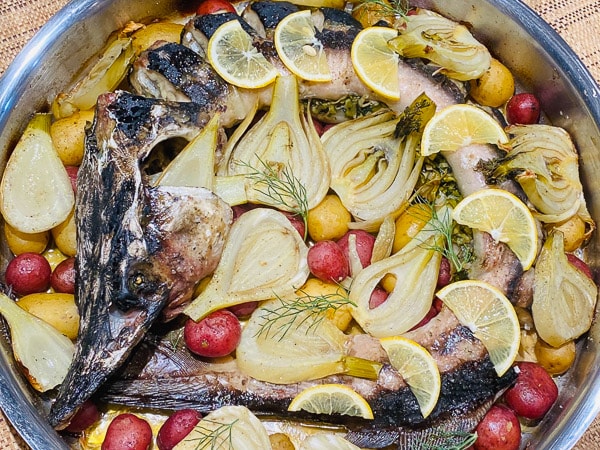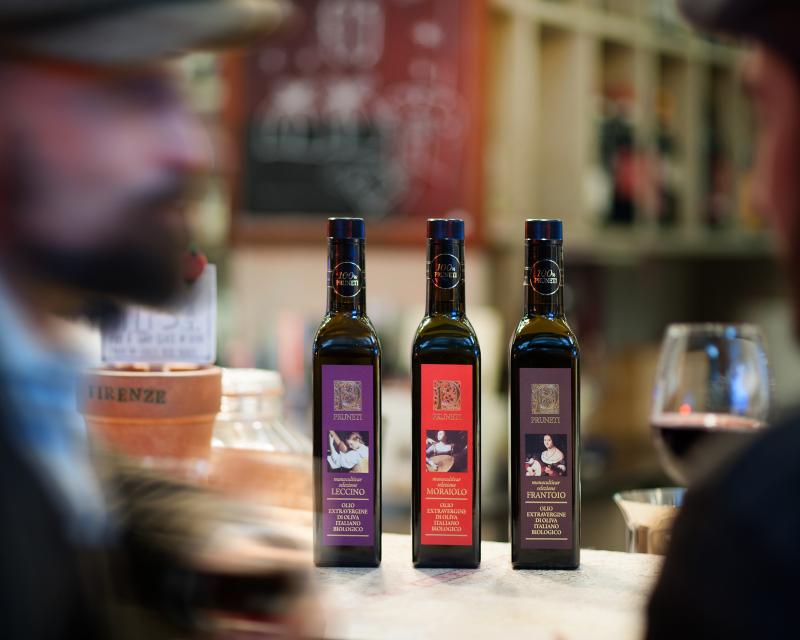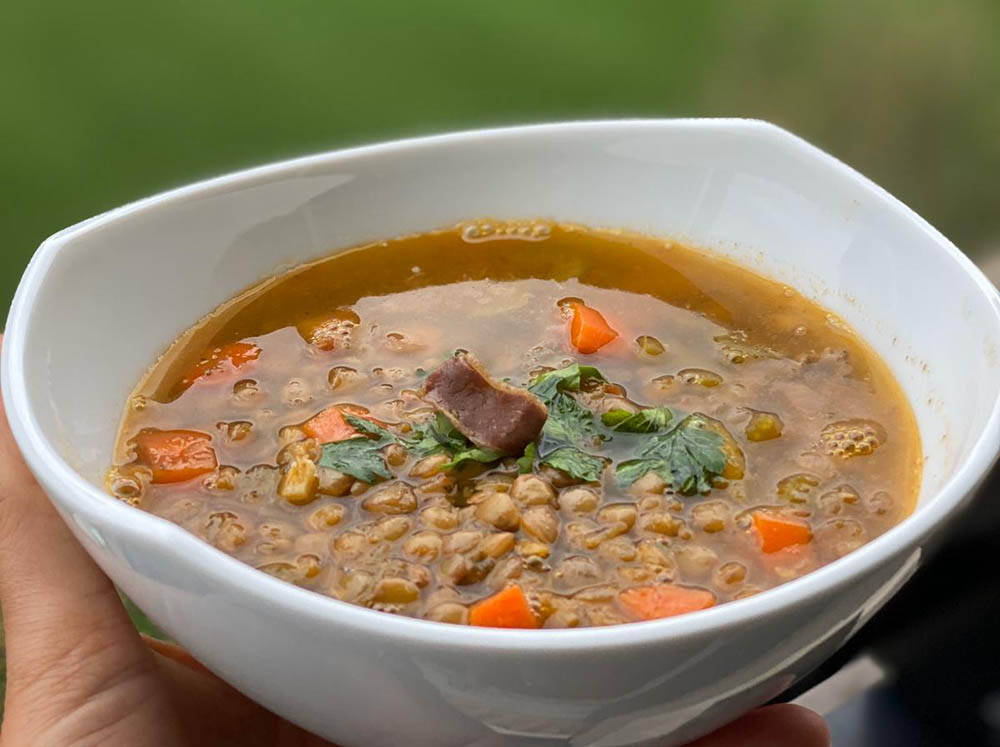Elevating Your Culinary Creations: Foie Gras Pairings
If you're a lover of fine food and culinary artistry, you understand that remarkable dishes are often born from divine pairings of flavors, textures, and ingredients. You recognize that every element on the plate plays a crucial role in the final symphony that delights the palate. In the realm of gourmet cuisine, foie gras stands out as a delicacy that, when paired with the right components, can elevate a dish from delicious to divine. This lengthy exploration will guide you through the art of crafting perfect foie gras pairings, ensuring your culinary creations are an experience to savor.
Foie Gras Fundamentals
Before we leap into the art of the pairing, it's essential to understand our star ingredient. Foie gras, French for "fatty liver," is a gourmet food product made of the liver of a duck or goose specially fattened. This luxurious liver is renowned for its rich, buttery texture and delicate flavor. Within the realm of foie gras, there exist several distinctions:
Types of Foie Gras
- Whole Foie Gras: The liver itself, often considered the pinnacle of foie gras varieties, is available in various grades reflecting its quality and size. This type of foie gras is esteemed for its ability to stand alone as a dish, showcasing the unadulterated, luxurious taste and texture that gourmet enthusiasts crave. Chefs and connoisseurs prefer whole foie gras for its versatility in preparation; it can be gently seared, grilled, or even served cold in terrines. The high-quality grades of whole foie gras are especially sought after for their smooth texture, rich but subtle flavors, and the way they melt in the mouth, leaving a lasting impression. When selecting whole foie gras, it's essential to understand that the grading system reflects not just the appearance and size but also the flavor profile and texture, which are pivotal to creating sumptuous dishes that truly stand out.
- Pâté de Foie Gras: Delving deeper, Pâté de Foie Gras embodies the luxurious essence of foie gras in a more accessible, versatile form. This spreadable delicacy is crafted by blending the liver with select ingredients such as truffles, wine, and seasonings, which are then carefully cooked. The result is a creamy, rich mixture that preserves the delicate taste of foie gras while introducing a symphony of complementary flavors and textures. The process of making Pâté de Foie Gras requires precision and an understanding of how flavors meld and mature together, making it both an art and a science. Its velvety texture and complex flavor profile make it a favorite for spreading on crusty bread or as a luxurious garnish in a variety of dishes. It serves not only as a testament to the versatility of foie gras but also as an invitation to explore gourmet cuisine in a more approachable yet sophisticated way.
- Mousse de Foie Gras: Venturing into the lighter side of foie gras, Mousse de Foie Gras stands out for those who savor a more delicate, airy texture. This elegant variation is meticulously whipped, incorporating air into the foie gras, which results in a featherlight consistency that still retains the luxurious, smooth flavor that foie gras is celebrated for. The mousse might also blend other high-quality ingredients, such as truffles or cognac, elevating its complexity and taste. Served chilled, Mousse de Foie Gras offers a refreshing and refined approach to enjoying foie gras, making it an exquisite choice for starters or as a spread for artisanal breads and crackers. Its preparation, focusing on the balance of lightness while preserving the depth of flavor, showcases the creativity and skill in gourmet cooking. Perfect for those seeking an indulgent yet subtle culinary experience, Mousse de Foie Gras captures the essence of sophistication in the world of fine dining.

Understanding the Grading System of Foie Gras
The grading system of foie gras plays an essential role in discerning not just the visual appeal and size of the liver, but fundamentally its taste, texture, and overall quality — factors that heavily influence the culinary experience it offers. Foie gras is categorized into three main grades: Grade A, Grade B, and Grade C, each reflecting differing characteristics, and suited for specific types of dishes.
- Grade A foie gras represents the pinnacle of quality. Livers in this category are usually larger, with a smooth, firm texture and a uniform, pale color — indicators of a high-quality, healthy liver. The absence of blemishes, blood spots, or irregularities makes Grade A foie gras the preferred choice for chefs and gourmet enthusiasts who intend to serve the liver in its most pristine form — such as searing or presenting as whole lobes. Its subtle, luxurious flavor is highly prized, capable of making any dish it accompanies memorable.
- Grade B foie gras is slightly lesser in quality when compared to Grade A, characterized by smaller sizes and perhaps slight imperfections in texture and color. Despite these differences, Grade B foie gras still offers a rich and delicate flavor profile, making it suitable for dishes where the liver is cooked, such as in terrines, where slight imperfections can be mitigated through the cooking process. This grade offers a balance between high culinary value and practicality, appealing to both chefs and home cooks looking to create luxurious dishes without the premium price point of Grade A.
- Grade C foie gras is often the smallest in size, with more pronounced imperfections in color and texture. The flavor may also be more intense due to these variations. This grade is mostly used in preparations where the liver is blended or mixed into dishes, such as in Pâté de Foie Gras or Mousse de Foie Gras. The robust flavor and less uniform texture blend seamlessly with other ingredients, making Grade C an excellent choice for those who wish to imbue their creations with the unmistakable essence of foie gras, while also integrating it smoothly with other complementary flavors and textures.
Navigating the grading system is fundamental for chefs and culinary enthusiasts alike, as it informs the selection process, ensuring that the chosen grade of foie gras harmoniously aligns with the envisioned dish's character and presentation. Choosing the appropriate grade not only enhances the dish's culinary value but also guarantees the optimal utilization of this luxurious ingredient, tailoring each experience to meet the diner's expectation of gourmet dining.
The Art of Pairing with Foie Gras

Pairing is an intricate dance between the richness of the foie gras and the complementary notes of other flavors and textures. The aim here is not to overshadow the foie gras but to enhance its inherent characteristics. Wielding foie gras' silken smoothness and savory profile, here's how to create the perfect culinary ensemble.
Savory Pairings
Foie gras, especially when seared, develops a savory, umami-laden taste that can stand steadfast against bold, earthy flavors or find friendship with the sweetness of fruits. Consider these savory sidekicks:
- Herbs and Spices: Thyme, truffle salt, and black pepper can accentuate the earthy undertones of foie gras.
- Fruits: The tartness of apples or figs, the brightness of citrus, or the sweetness of a reduced balsamic glaze can provide a delightful contrast. The acidity in fruits also helps cut through the richness of foie gras, creating a harmonious balance.
- Wines: A glass of sweet Sauternes or late-harvest Riesling can enhance the sweetness of foie gras, while a robust red wine like Cabernet Sauvignon can create an interesting contrast with its tannins. For a non-alcoholic option, a glass of chilled apple cider can also be an excellent pairing.
Sweet Pairings
Foie gras doesn't shy away from the sweet; in fact, the right sweet companions can bring a balanced sweetness to the dish without overpowering the palate.
- Jams and Chutneys: Fig jam, onion marmalade, or a tangy mango chutney can bring a syrupy counterpoint to the foie gras' creaminess.
- Sauces and Dessert Wines: A Sauternes reduction or a fortified wine such as Port provides a luscious, sweet finish to the foie gras, merging in the mouth to create a new, sweet and savory flavor profile.
- Honey: A drizzle of honey can take the sweetness of foie gras to new heights without overpowering it. Consider using a high-quality, artisanal variety for maximum impact.
- Bread: A slice of toasted brioche or baguette can provide a subtle sweetness and a satisfying crunch to balance the smoothness of foie gras. Bonus points for adding some texture with nuts, such as walnuts or pistachios.
Texture Combinations
A well-orchestrated dish not only harmonizes flavors but also textures. The contrasting play of textures can turn a dish from a simple delight into a culinary masterpiece.
- Crunchy Element: Texture can be introduced through the addition of toasted brioche, nuts, or caramelized grains, juxtaposing with the foie gras' smoothness.
- Creamy Companion: A velvety celery root purée or a gently poached fruit can offer a silkiness that melds beautifully with the foie gras. Consider using whipped cream infused with herbs or spices for an extra layer of flavor.
- Crispy Counterpart: A lightly seared scallop or pan-fried duck breast can provide a crispy contrast to the unctuousness of foie gras, creating an appetizing interplay.
Beverage Ballet
Pairing beverages with foie gras is an extension of the art with the potential to complete the entire gustatory experience.
Wine Pairings
Wine and foie gras often dance hand in hand. A well-selected wine can echo and amplify the richness of foie gras, leading to a memorable dining experience. Consider these wine pairings:
- Red Wine: A full-bodied red like a Pinot Noir or Merlot can complement seared foie gras, its tannins cutting through the fat with finesse.
- White Wine: An oaked Chardonnay or a sweet wine like a late-harvest Riesling can provide a refreshing foil to the foie gras.
- Dessert Wine: The syrupy richness of a Sauternes or a Tokaji can pair beautifully with the sweetness of a pan-seared foie gras appetizer.
Spirits and Cocktails
For those inclined towards the spirits, a wide array of options awaits to enhance the foie gras experience:
- Whiskey: The smokiness of a good bourbon can complement the seared crust of foie gras, or the roundness of a single malt can act as a sophisticated accompaniment to the terrine variety.
- Cognac and Champagne: These elegant spirits offer a classy balance to the decadence of foie gras.
Perfecting the Pairing
The key to a stellar foie gras pairing is balance. You want to ensure that no one flavor or texture overpowers the other, but rather that they come together in a melodious accord.
Balancing Act
Consider the dish as a whole. Do the components create an equal contribution to the final flavor? Too much sweetness can overpower, while too much acidity can jar with the foie gras' inherent richness.
Presentation Enhancements
How a dish appears is almost as important as how it tastes. The visual harmony of a dish can prime the palate for its flavors. Pay attention to plating, ensuring that the pairings come together in an aesthetically pleasing way.
Dare to Be Different
While there are classic pairing options, don't shy away from experimentation. Sometimes, the most memorable combinations arise from the most unlikely sources. A spirit of adventure in the kitchen can lead to exciting taste discoveries.
Sourcing Your Foie Gras
The quality of your foie gras is paramount. To ensure that you're working with the best, select a supplier that shares your passion for excellence. Marky's Caviar and Gourmet Foods, the largest importer and supplier of gourmet foods in the United States, offers a selection of foie gras that meets the highest standards.
Selecting the Finest Foie Gras
Look for telltale signs of quality—color, texture, and odor. A firm, smooth texture, a creamy color, and a mild scent are indicative of prime foie gras.
Buying Online
Gone are the days of searching high and low for the perfect foie gras. With Marky's online shop, you can browse a curated selection of foie gras and have it delivered straight to your kitchen.
Conclusion
Pairing foie gras is an art form, a passionate dance of flavors and textures that demands creativity, an open mind, and a discerning palate. As you venture forth, we encourage you to share your favorite foie gras pairings and to continue exploring the vast world of culinary possibilities that this rich delicacy affords. Whether in your home kitchen or an esteemed restaurant, a thoughtfully paired foie gras dish is a delight that deserves to be savored. And remember, exceptional ingredients are the canvas for extraordinary dishes. Start with the finest from Marky's, and from there, the culinary world is your oyster.






